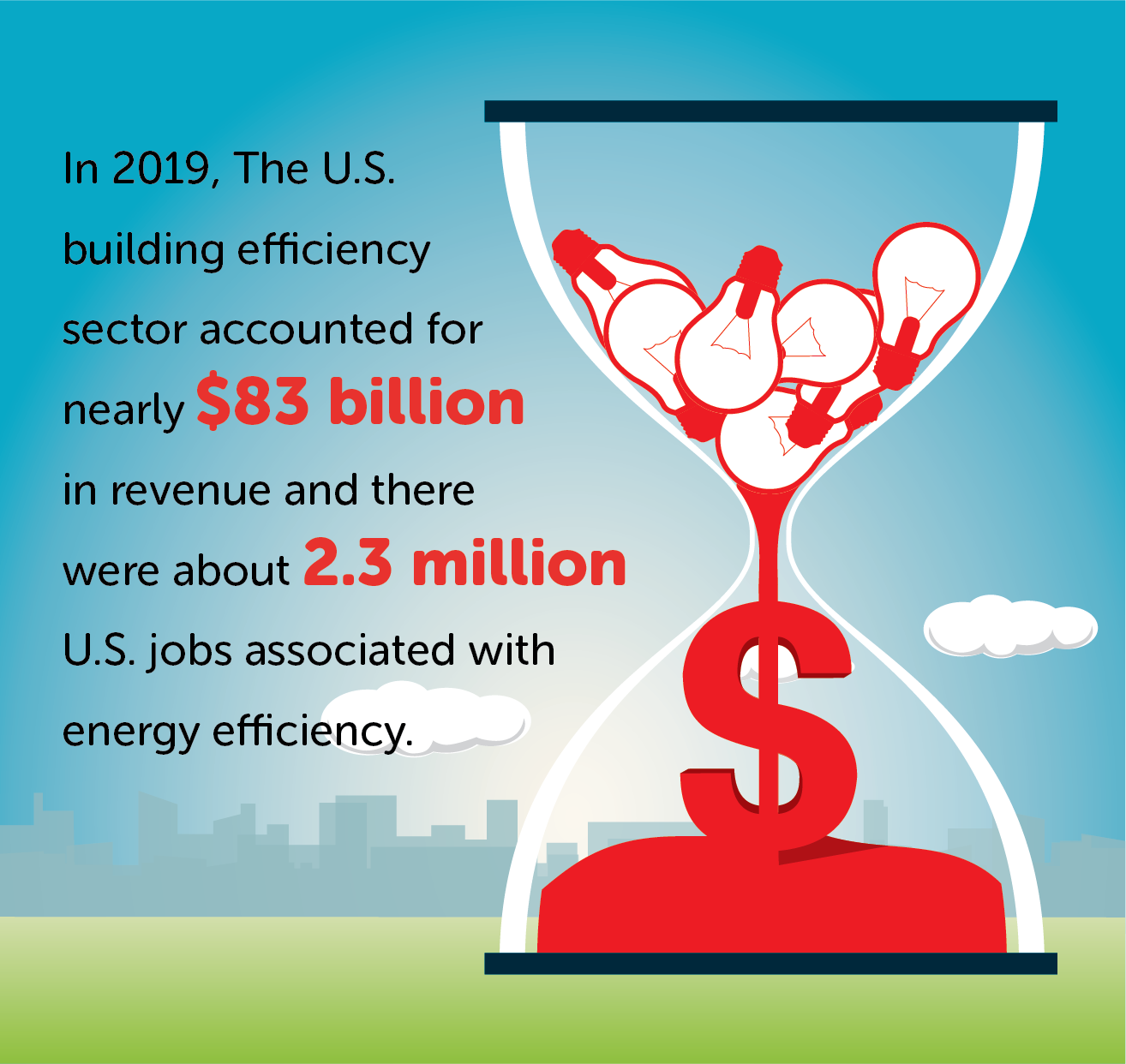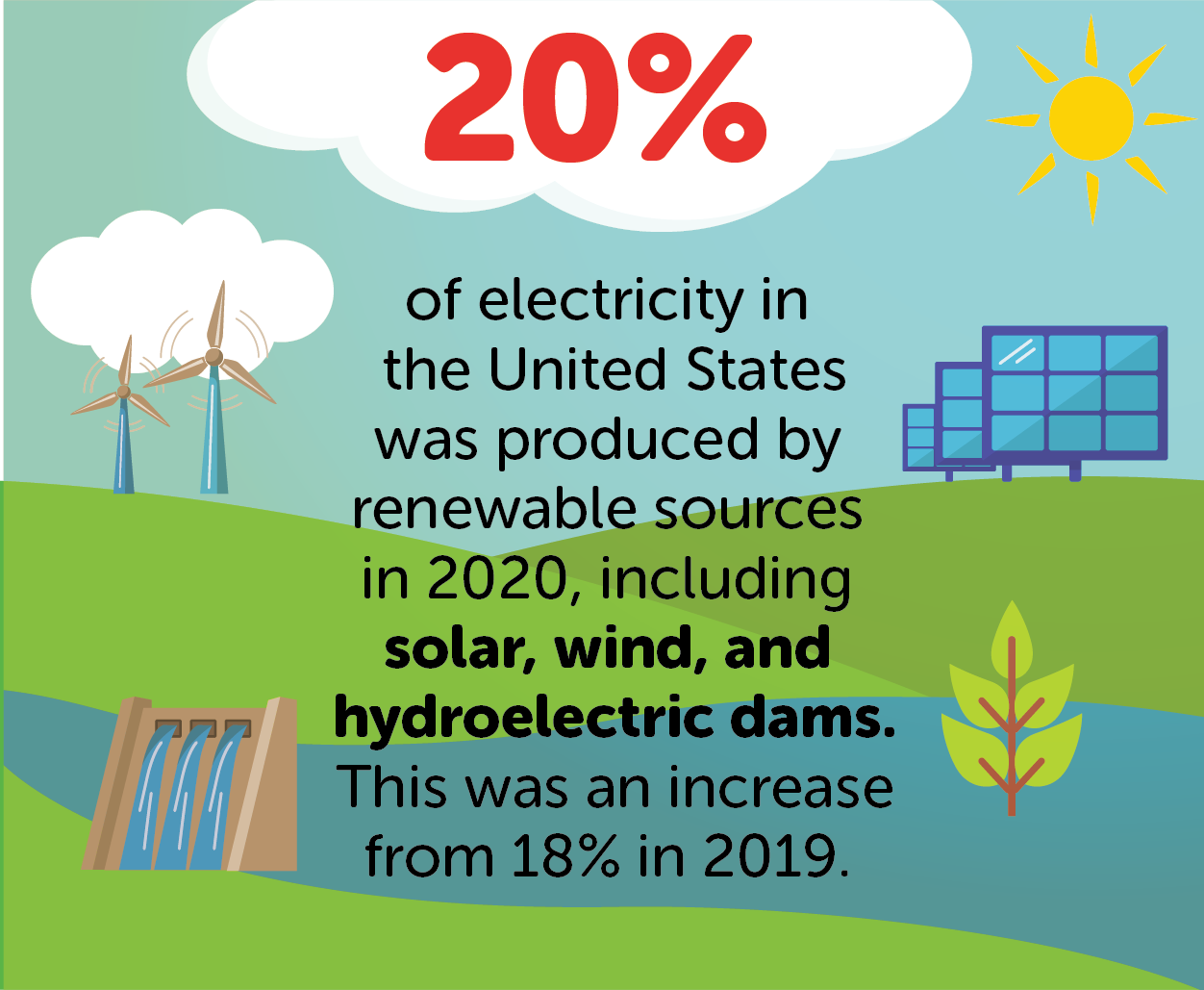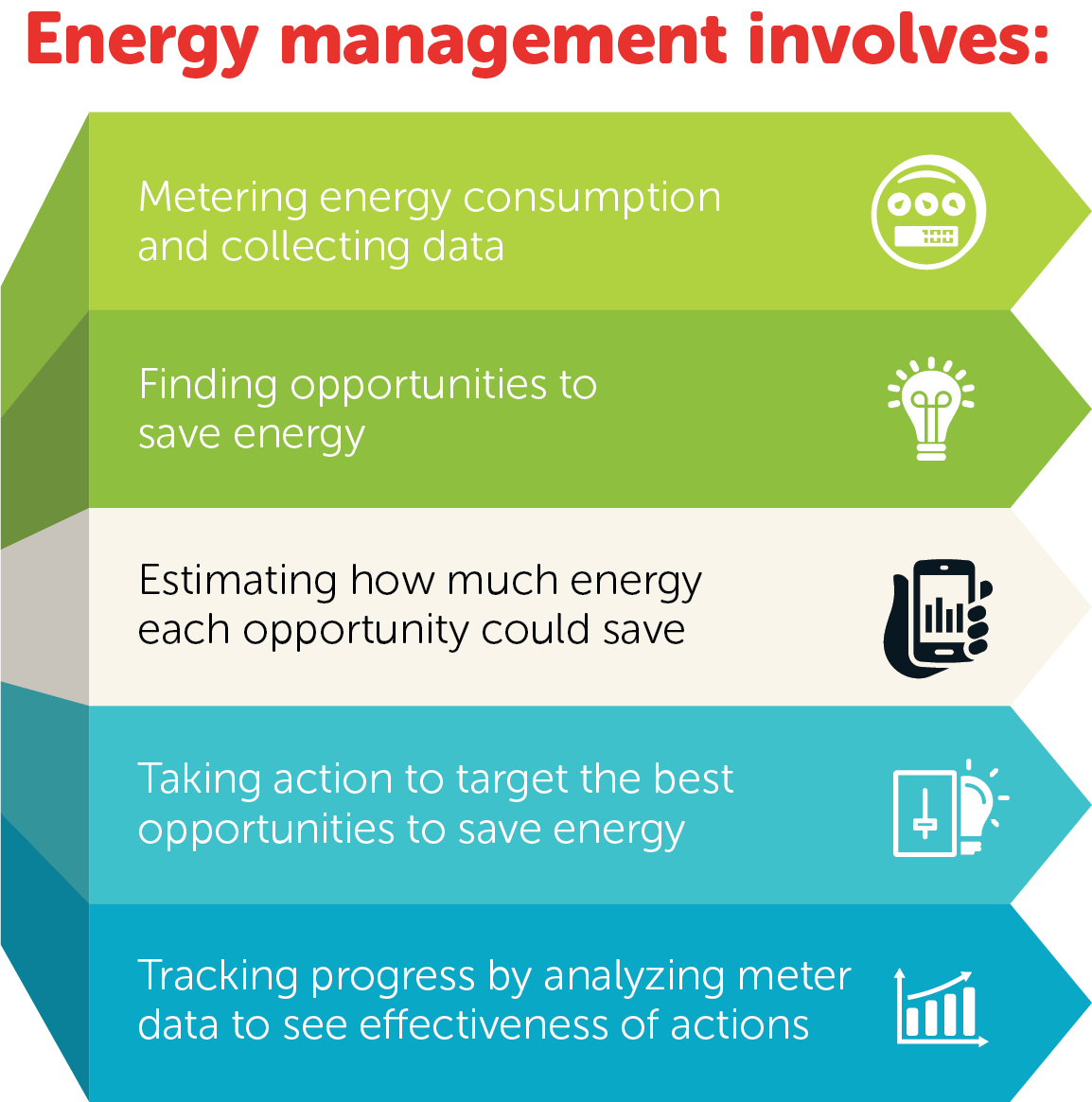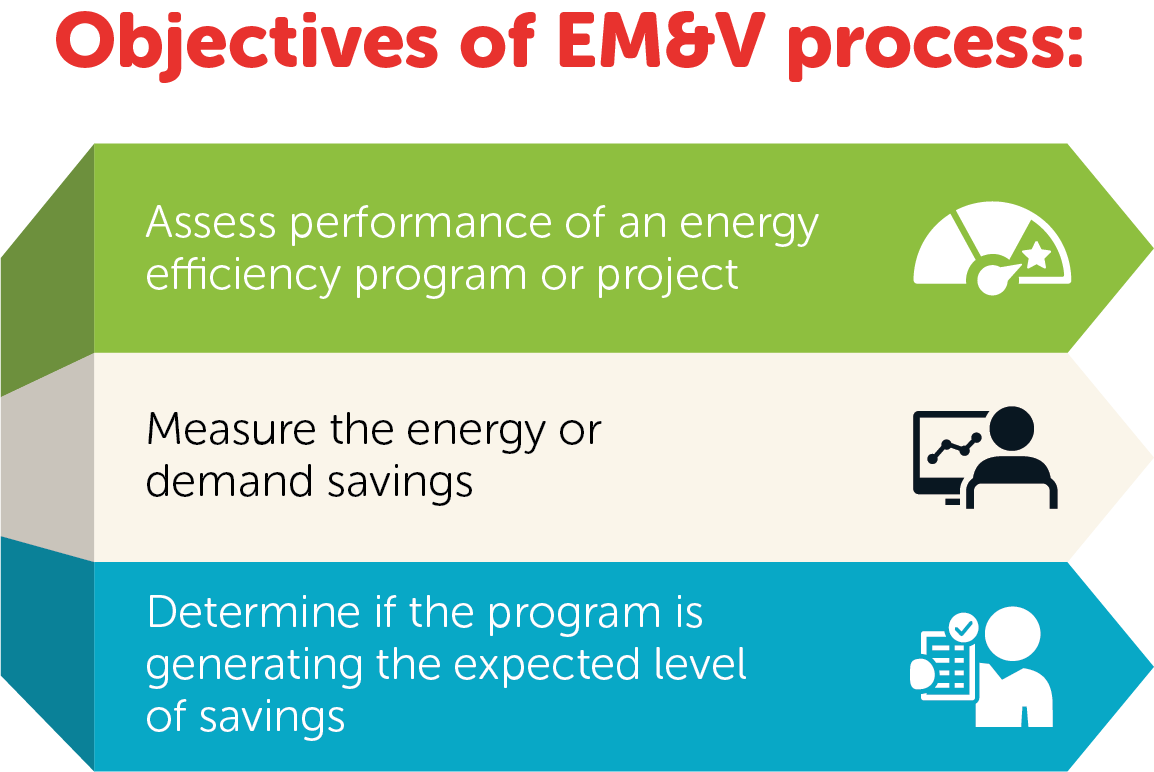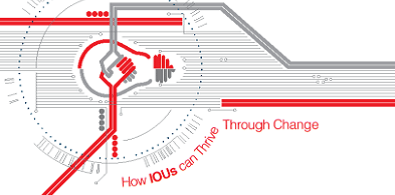Energy efficiency is a critical component of enviromental and economic growth.
According to the American Council for an Energy Efficient Economy, utility-sector energy efficiency programs began in the 1970s when the energy crises gave rise to the new concept of “energy conservation” to help homeowners cope with soaring energy prices. “Since then, energy efficiency has evolved to become recognized as an integral and highly valuable element of utility investments and operations. Utility energy efficiency programs have yielded significant energy and economic benefits to the utility system and to ratepayers. Energy efficiency programs have also led to job growth in many fields, including the building trades.”
As millennials are coming of age and establishing their own households, utility energy efficiency programs have a new and enthusiastic audience. In an effort to determine millennials’ needs and desires regarding energy usage, the Smart Energy Consumer Collaborative (SECC) conducted research on millennials’ thoughts on energy efficiency, utility member service, renewable energy sources, the smart grid, electric vehicles and utility programs. The results revealed that millennials are very interested in energy conservation both for financial and environmental benefits.
Energy Efficiency as a Resource
According to Ryan Katofsky in his Utility Dive article entitled Energy Efficiency as a Resource: The Power of Getting More From Less, “EE is widely recognized as the lowest cost resource for meeting electricity needs. Strong EE polices and investments help keep electricity bills low for all by reducing the need for new and expensive generating assets, as well as new transmission and distribution infrastructure.” In 2019, the U.S. building efficiency sector accounted for $83 billion in revenue and there were about 2.3 million U.S. jobs associated with energy efficiency.”
Many cooperatives have been aligning with energy efficiency initiatives with good results.
Renewable Energy
Nearly 20% of all electricity in the United States was produced by renewable sources in 2017, including solar, wind, and hydroelectric dams. That’s up from 18% in 2019, with the shift driven by new solar and wind projects, the end of droughts in the western U.S., and a dip in the share of natural gas generation. The top five states for renewable energy are California, Texas, Washington, New York and Oregon. However, according to scientific website Born to Engineer, when it comes to energy efficiency, all forms of renewable energy are not created equal. They evaluated the energy efficiency of each renewable source by calculating the costs of the fuel, the production, and the environmental damages. The winner was wind power by a wide margin over all the other sources. It was followed in order by geothermal, hydro, nuclear and solar.
The growth in popularity of renewable energy has put greater stress on the grid.
Energy Management
Energy management is the process of tracking and monitoring energy to conserve usage in a building. According to Enertiv, this is an important discipline that leads to reducing operating costs, as energy represents 25% of those costs, and reducing carbon emissions in order to meet internal sustainability goals and regulatory requirements. Additionally, reducing energy reduces exposure to energy price increases or supply shortages that can affect profitability. Energy management typically involves:
Metering energy consumption and collecting data; finding opportunities to save energy, and estimating how much energy each opportunity could save; taking action to target the best opportunities to save energy; and tracking progress by analyzing meter data to see effectiveness of actions.
Evaluation, Measurement and Verification (EM&V)
EM&V is the collection of methods and processes used to assess the performance of energy efficiency activities so planned results can be achieved with greater certainty and future activities can be more effective. According to the Department of Energy, “The main objectives of an EM&V process are to assess the performance of an energy efficiency program or project, to measure the energy or demand savings, and to determine if the program is generating the expected level of savings. EM&V data can inform recommendations for improvements in program performance. Having a clear understanding and description of how the program is expected to deliver results is critical to an effective EM&V process.”
Energy Conservation and Efficiency Programs – Industrial
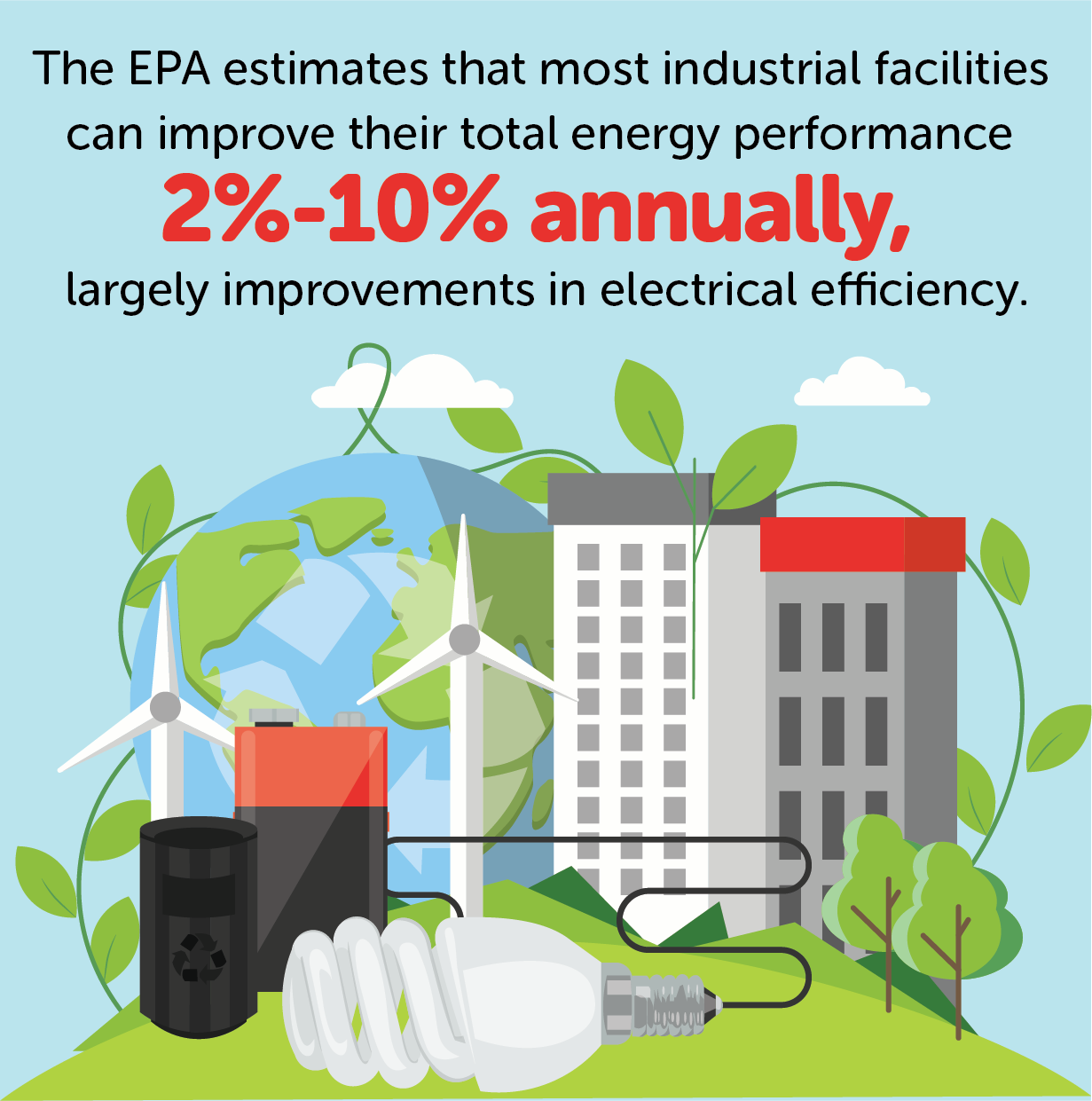
Energy Conservation and Efficiency Programs – Home
The new generation of homeowner wants improved communication and choice, and technology plays a big part in a utility’s ability to deliver. Most utilities offer a wide array of home energy efficiency programs, from supplying energy-efficient lightbulbs to offering rebates on energy-efficient appliances and smart thermostats. A number of utility cooperatives partner with providers of home repair service plans to offer value-added services like affordable coverage for tune-ups and repairs to heating, cooling, appliances, water heaters and other lines and systems within the home. Home repair plan programs contribute to energy efficiency because a member with a plan is more conscious of their appliances and, with repairs/replacements covered, more likely to fix inefficient appliances than the average homeowner. Regular tune-ups, included in some plans also keep appliances running efficiently. While on-site, technicians can pinpoint other inefficiencies in the home and inform members about rebates and other utility programs.
Want to Learn Even More?
Related Articles
2024 NRECA PowerXchange Provides Key Insights for Cooperative Landscape
This year’s NRECA PowerXchange conference brought together co-op leaders, board members and solutions providers to exchange ideas and insights about the industry as well as best practices for cooperative operations. HomeServe had the opportunity to attend sessions and...
2024 DISTRIBUTECH International Presents Key Industry Themes
This year’s DISTRIBUTECH International conference brought together industry thought leaders, utilities, government, and solution providers to engage on trending topics that will move the industry forward, and HomeServe had the opportunity to attend sessions and engage...
How Much Are Water Leaks Costing You and Your Customers?
Aside from wasting a tremendous amount of water, leaking water and sewer lines can result in unexpected high water bills and repair emergencies for which your customers are unprepared. Leaks are also costly to the utility, leading to lost revenue, bad debt and...


